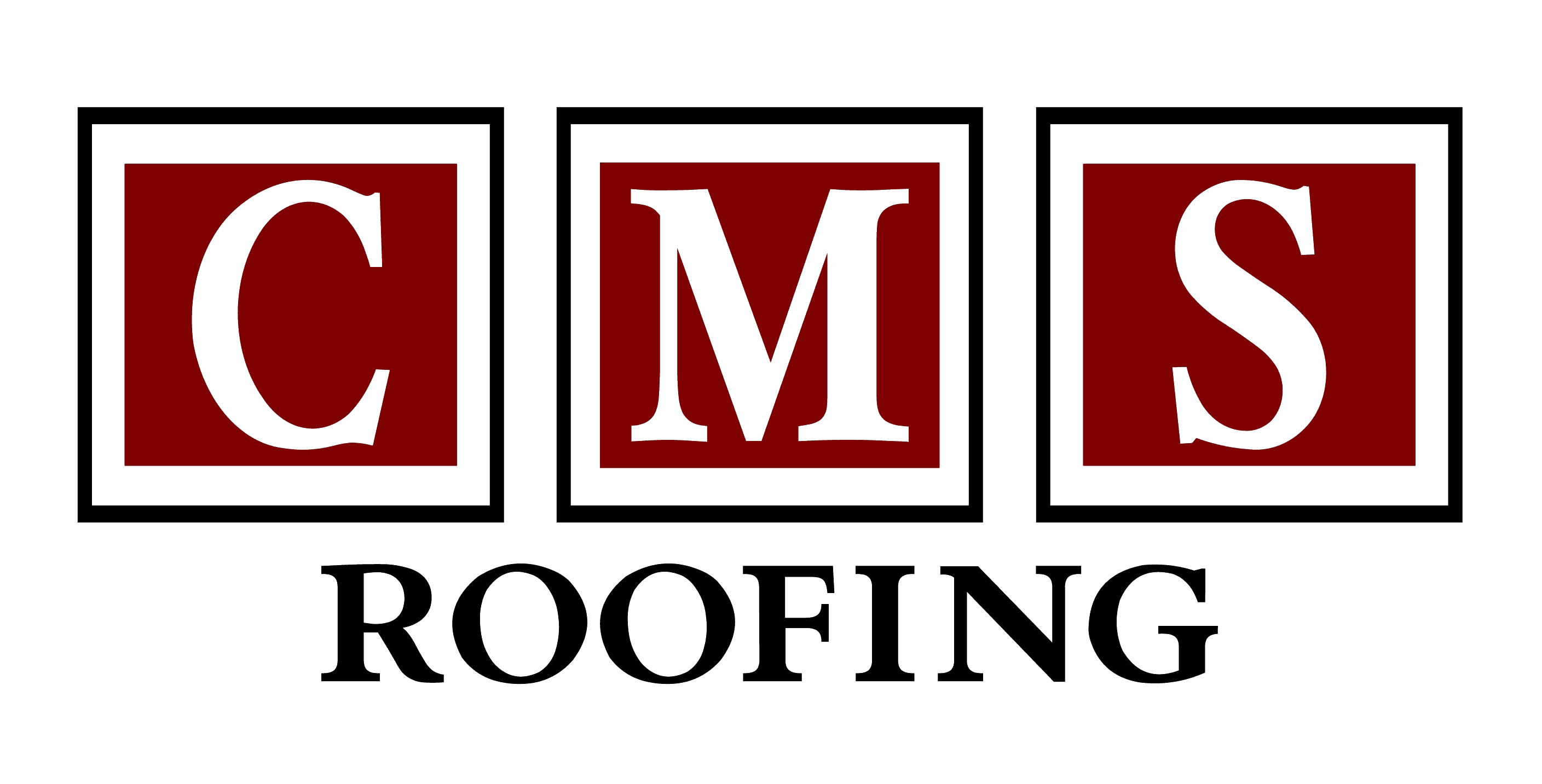Where you Live can Dictate the Style of your Roof
Certain roof types just work better in certain regions and climates. Gable roofs, or roofs formed with two triangles at a 90-degree angle, work best in colder, snowier climates or when homeowners want to build attics or have vaulted ceilings.
Hipped roofs, which have four slopes of equal length on all four sides that meet at the top to form a ridge, are more wind resistant than gable roofs and might work best in windy areas.
Water tends to pool more easily on a flat roof, which means this type of roofing system is typically best in a drier, less rainy climate.
A Roof is More than just Shingles and Wood
A good roof system has no fewer than seven necessary components.
First, the decking, this is the support system. Following this comes a water barrier and/or a waterproof underlayment to help prevent damage from water.
Once these are properly installed, we add a metal flashing to ensure the waters runs off the edges and does not get behind fascia.
Adding a ventilation system on the ridge of the roof to allow for proper circulation we are ready for the last step.
Lastly, we tie everything together with the shingles.
It’s Not OK to Cover an Existing Roof
While it may seem like an inexpensive, quick fix to a roofing problem, double-layered roofs can cover up big roofing issues that need to be addressed.
In addition, a double-layered roof adds weight and just hides the corroding material, allowing the problem to get worse.
Roof’s Breathe
As funny as it may sound, a roof needs air.
Roof ventilation, i.e.: the flow of air on the underside of a roof deck, is one of the most critical aspects of the whole roof system.
Roof ventilation allows warm, moist air to escape and cooler, drier air to come into the attic.
Without ventilation, condensation is going to build up in your attic, which can damage walls, wood and insulation.
A Damaged or Faulty Roof can Ruin a Home Sale
A new roof can be a major selling point when you go to sell your home.
Conversely, a roof with leaks, missing or damaged shingles, or other visible signs of disrepair can send a potential buyer running.
The last thing a new homeowner wants to do is spend money on a costly roof replacement.
It’s far better to repair or replace your roof before you sell your home!
